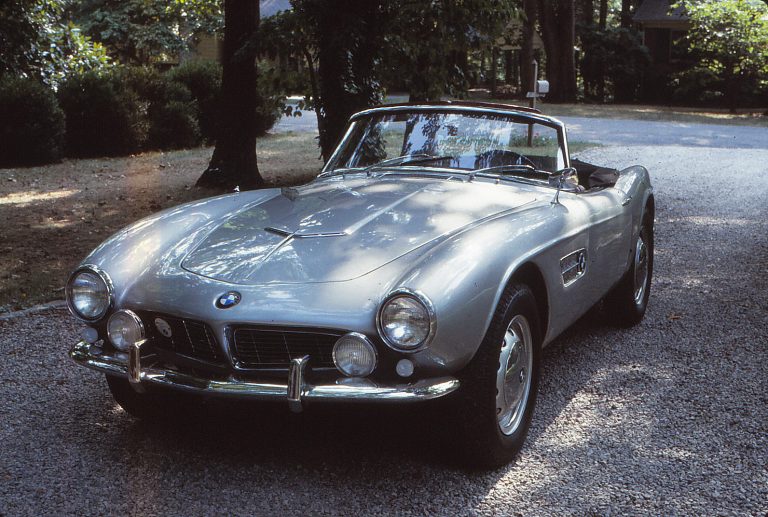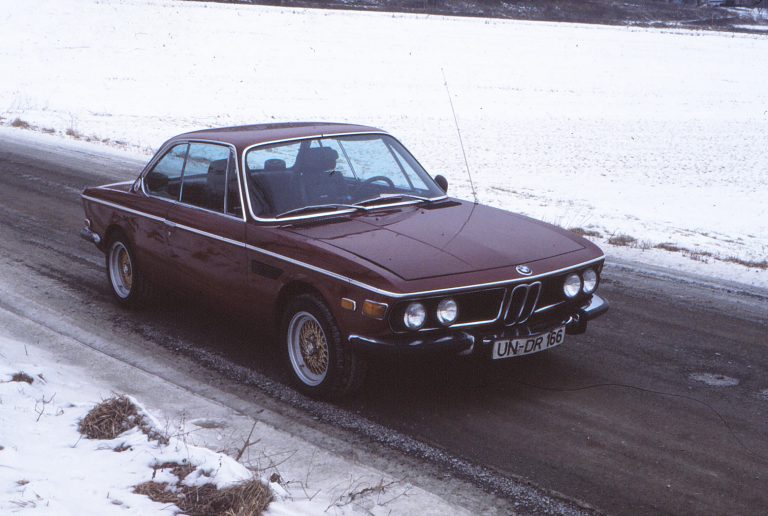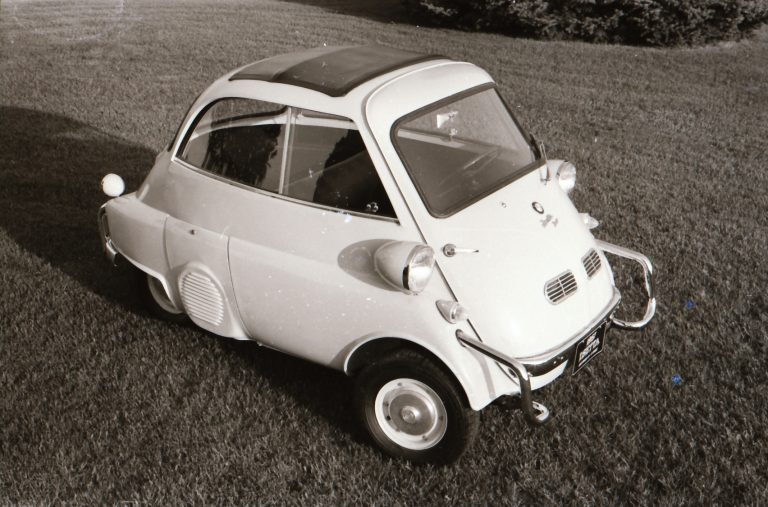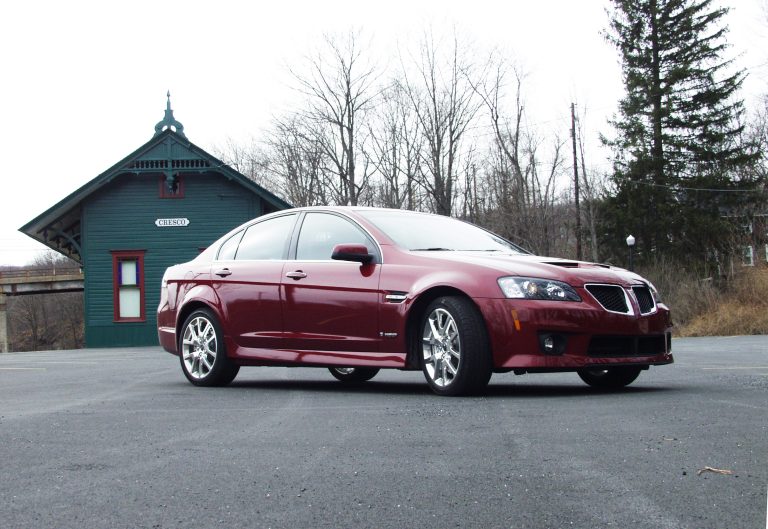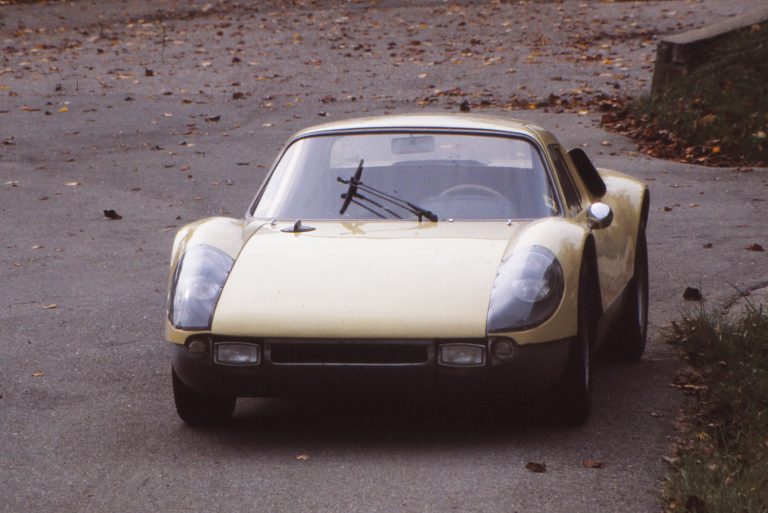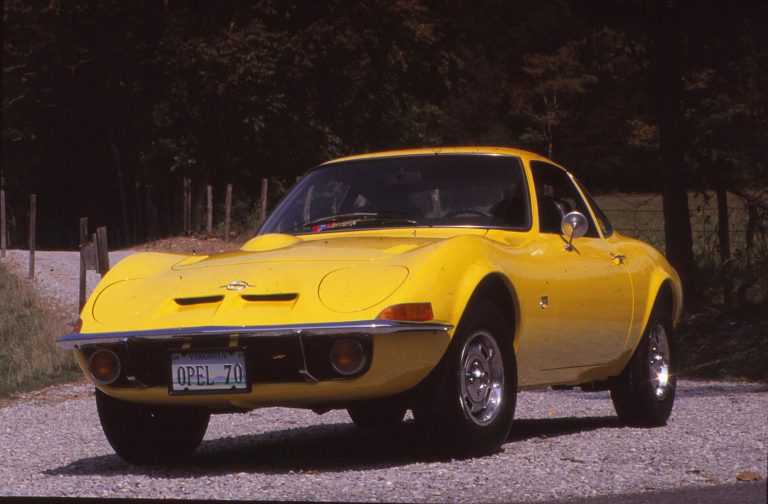Feature originally published in Popular Science August at 2002, republished by author
To listen to automakers snipe about tightening fuel economy standards, you’d think it impossible to squeeze more miles from a barrel of Extract of Arabia. This, of course, is not the case, particularly if you design a vehicle expressly to drive far and drink little.
Forget power, space, and speed: Volkswagen AG’s latest idea-on-wheels does not address the requirements of the average American family driver. What it can do is travel more than 100 kilometers on a single liter of fuel. Translation: 235 miles per gallon.
The car’s designers combined highly tuned aerodynamics, exotic materials, and a 0.3-liter diesel engine to achieve 0.99 liters per 100 kilometers. The project, the brainchild of engineer Thomas Gnsicke, is an engineering exercise and therefore has rather whimsical features. Most noticeable are the car’s canoe-like proportions: It’s 4 feet wide and 11 feet long. Occupants sit tandem, the passenger straddling the driver’s seat, both wedged under a 4-foot-long gullwing canopy.
Three video cameras eliminate the mileage-reducing wind drag of rearview mirrors. Wheels are faired in, side-cooling air inlets open only when necessary, and even the keylocks have been replaced by a proximity unlocking system. The resulting coefficient of drag is 0.159, compared with 0.30 or so for most production cars.
The slinky carbon-fiber bodywork covering the magnesium frame is just the beginning of the unobtainium-based technology used throughout. The front suspension is a combination of titanium, aluminum, magnesium, and ceramics and weighs less than 18 pounds. The single-cylinder four-stroke engine has monoblock construction-there’s no separate cylinder head-and is all aluminum. Fuel is atomized directly into the cylinder at 28,000 psi. Two overhead camshafts operate the one exhaust and two inlet valves. The fuel pump is magnesium, the exhaust system titanium.
To listen to automakers snipe about tightening fuel economy standards, you’d think it impossible to squeeze more miles from a barrel of Extract of Arabia. This, of course, is not the case, particularly if you design a vehicle expressly to drive far and drink little.
Forget power, space, and speed: Volkswagen AG’s latest idea-on-wheels does not address the requirements of the average American family driver. What it can do is travel more than 100 kilometers on a single liter of fuel. Translation: 235 miles per gallon.
The car’s designers combined highly tuned aerodynamics, exotic materials, and a 0.3-liter diesel engine to achieve 0.99 liters per 100 kilometers. The project, the brainchild of engineer Thomas Gnsicke, is an engineering exercise and therefore has rather whimsical features. Most noticeable are the car’s canoe-like proportions: It’s 4 feet wide and 11 feet long. Occupants sit tandem, the passenger straddling the driver’s seat, both wedged under a 4-foot-long gullwing canopy.
Three video cameras eliminate the mileage-reducing wind drag of rearview mirrors. Wheels are faired in, side-cooling air inlets open only when necessary, and even the keylocks have been replaced by a proximity unlocking system. The resulting coefficient of drag is 0.159, compared with 0.30 or so for most production cars.
The slinky carbon-fiber bodywork covering the magnesium frame is just the beginning of the unobtainium-based technology used throughout. The front suspension is a combination of titanium, aluminum, magnesium, and ceramics and weighs less than 18 pounds. The single-cylinder four-stroke engine has monoblock construction-there’s no separate cylinder head-and is all aluminum. Fuel is atomized directly into the cylinder at 28,000 psi. Two overhead camshafts operate the one exhaust and two inlet valves. The fuel pump is magnesium, the exhaust system titanium.
VW 1-Liter Car
Length: 143.7 in.
Width: 49.1 in.
Height: 43.7 in.
Weight: 588 pounds
Peak Power: 8.5 hp
Fuel Capacity: 1.7 gal.
Mileage: 235 mpg
Addendum: Alas, I didn’t drive this, though I don’t recall having read that anyone in the media had. Likely the car was noisy, slow to accelerate and rough riding, with hard tires to reduce rolling resistance.







